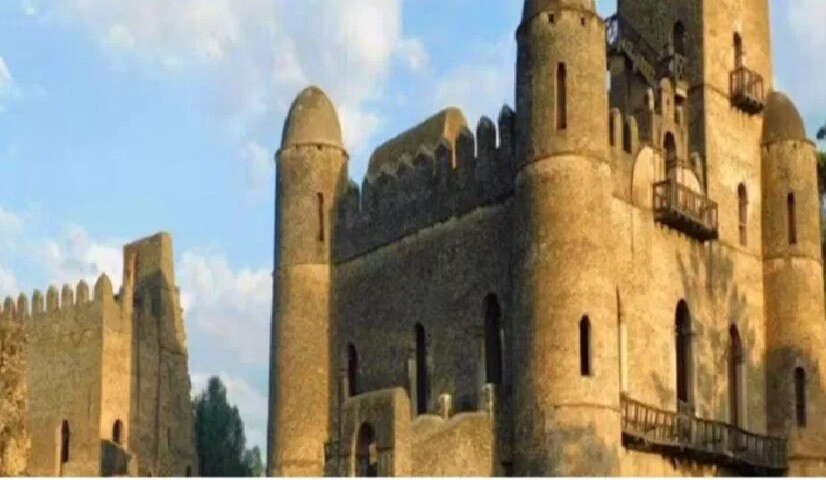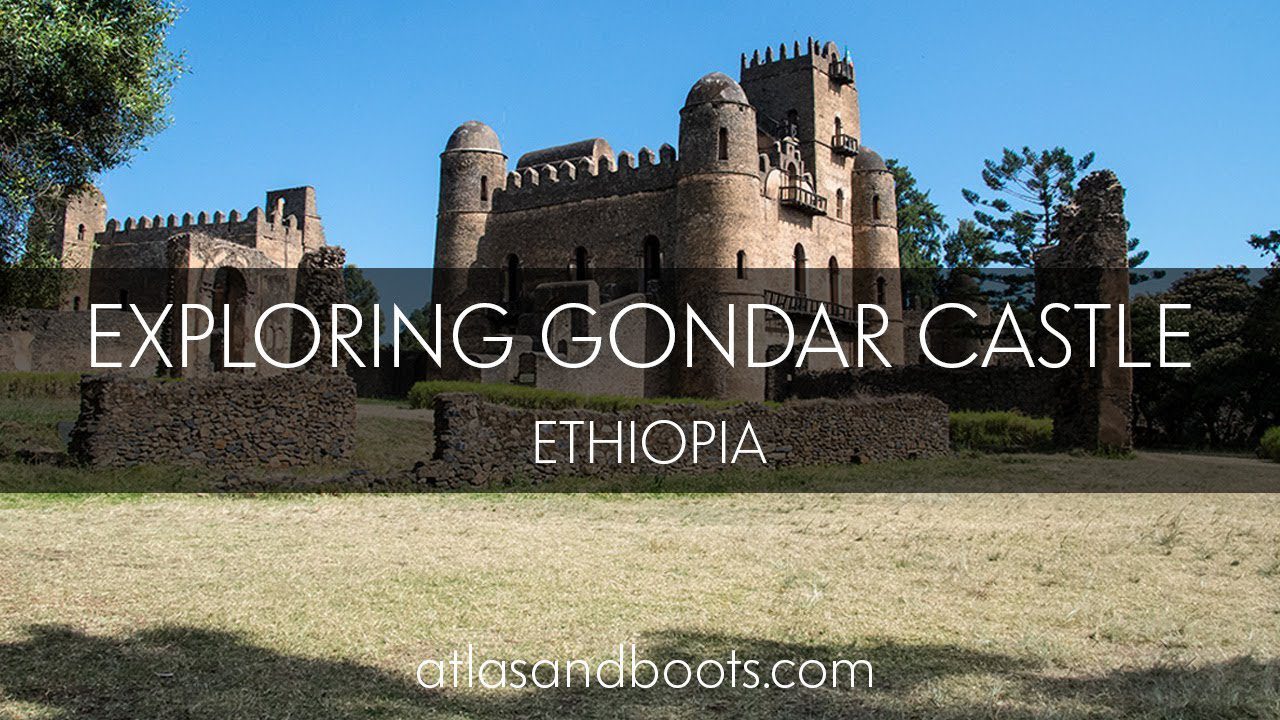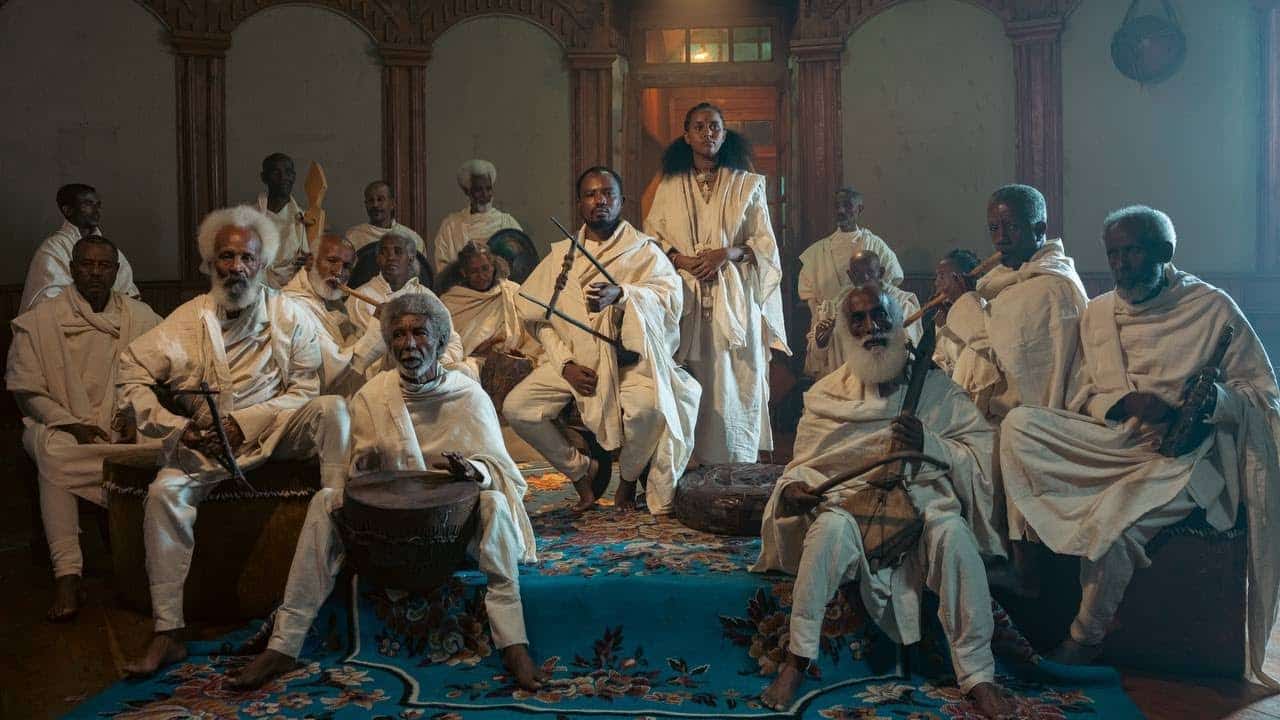(The Habesha) – In the realm of historical preservation, the line between restoration and innovation can often be blurred. This is especially true with the recent reconstruction of Gonder Castle orchestrated by Abiy Ahmed. As we embark on this discussion, the question at the heart of the matter is how far should restoration efforts go before historical sites lose their original cachet? Do we risk erasing precious historical imprints of time by peppering them excessively with modern renovations and restorations? This discussion delves into the tricky nuances of preserving history, examining the controversial changes applied to Gonder Castle as we navigate the topsy-turvy terrain of historical conservation.
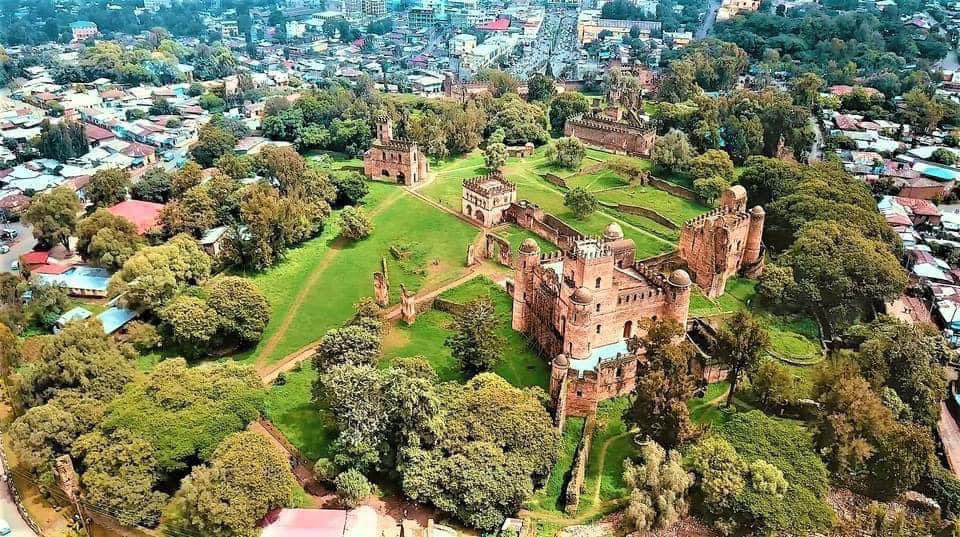
Overview of Gonder Castle Restoration
Introduction and discussions around the restoration of such extensively significant historical sites like the Gonder Castle bring up both excitement and apprehension. The depth and complexity of the site’s history make the process quite compelling, yet very intricate. This section will aim to demystify the subject, shedding light on both the Gonder Castle itself and what motivated its restoration.
Introduction to Gonder Castle
Significance of Gonder Castle
Gonder Castle, a world heritage site located in Northern Ethiopia, is a place of immense historic, cultural, and architectural significance. Often referred to as the “Camelot of Africa,” the castle embodies Ethiopia’s sagacious past, hosting a series of royal structures built in the 17th and 18th centuries by Emperor Fasilides and his descendants. Wandering through its stone halls, one can still sense the echoes of the bustling court life, diplomatic encounters, and fateful decisions that reverberated through its corridors. These testimonies bestow on the castle an irreplaceable value, making its conservation imperative for generations to come.
Historical Background
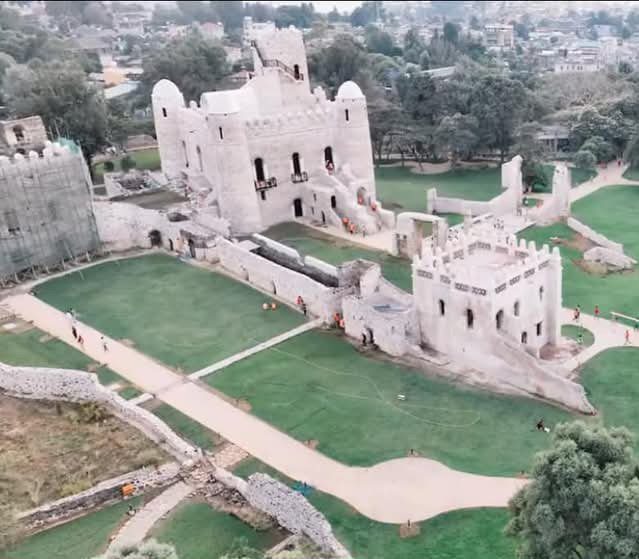
Gonder Castle was the center stage for the powerful Solomonic dynasty, serving as its home base for over 200 years from the 17th to the 19th centuries. The castle’s architectural style is a unique amalgamation of localized tradition and styles influenced by India, Arabia, and Baroque Europe, defying the usual tropes of African architecture. This distinctive feature makes the castle an extraordinary specimen in the world of architecture and history.🏰
Motivation for Restoration
Preservation of History
The move towards the renovation and restoration of Gonder Castle is primarily motivated by the preservation of history. Given the castle’s integral role in Ethiopian and African history, its physical state speaks volumes about the past eras. Conservation of such sites enables us to maintain this historical connection, offering invaluable insights into the socio-economic, political, and even artistic realities of those times. Though the task is colossal, and hazards of altering its original look loom ahead, keeping this captivating tale from fading into obscurity is of paramount importance.
Cultural and Tourism Impact
The castle is not only a reservoir of the past but also a significant fuel to the present and future economy, especially in terms of tourism. With the increasing global interest in heritage tourism, sites like Gonder Castle can significantly boost Ethiopia’s tourism sector. It can generate revenue, create jobs, and give a fillip to related industries such as hospitality and transportation. Therefore, a carefully planned restoration could pay dividends for cultural preservation and stimulate economic growth.
Techniques and Challenges in Restoration
Embarking on a journey to restore historical sites like the Gonder Castle entails the use of specific restoration techniques and addressing unique challenges. This section will delve more into these aspects and provide a clearer representation of what went into restoring this architectural marvel.
Restoration Techniques Used
Modern vs. Traditional Methods
The restoration of Gonder Castle was a blend of modern and traditional methods. Specialist restoration experts were involved, employing modern mapping and reconstruction technologies to recreate and restore parts of the castle. Concurrently, a deep respect for the traditional building techniques of the era was maintained. Old stonework was preserved wherever possible, and traditional methods were used to replace and repair these with like-for-like materials. Thus, a balance was struck between utilizing modern tech advantages and keeping the historical authenticity intact.
Use of Contemporary Materials
Another crucial aspect of the Gonder Castle restoration was the use of contemporary materials. Where traditional materials couldn’t promise durability or were scarce, contemporary alternatives were used. These materials, while being consistent with the aesthetic of the castle, also offer resistance to weather elements and time. But, this decision was a delicate one to make. It had to ensure that the use of modern materials did not detract from the historical significance and original look of the castle.
Challenges Faced During Reconstruction
Balancing Original Look and New Techniques
One major challenge faced during the reconstruction of Gonder Castle was how to balance the original look and new techniques. While preserving the castle’s historical essence, it was equally important to ensure its longevity. This necessitated the use of some modern techniques and materials, which could potentially alter its original look. It was a fine line to walk between preservation and enhancement and required a measured, insightful approach to ensure that the balance was right.
Community and Stakeholder Engagement
Engagement with the community and stakeholders was another crucial challenge. Expressing the importance of restoration and explaining the need for some modern interventions to those closely tied to the castle (locals, historians, tourists) was essential. It involved inviting suggestions, addressing concerns, and ensuring transparency. After all, Gonder Castle is an embodiment of national history, heritage and pride and thus everyone’s opinions needed to be considered and accorded due respect.
Conclusively, the restoration of Gonder Castle by Abiy Ahmed was a laborious but insightful task, filled with learning experiences and revelations about balancing old with the new, the traditional with the modern, and more.
Perspectives on the Renovation of Gonder Castle
The renovation of Gonder Castle has spurred numerous debates, seeking to balance authenticity and modern renovation techniques. This balance has been the epicenter of discussion among both Hungarian folks and experts in the field.
Authenticity vs. Modern Renovation
Debate Over Authenticity
The delicacy of restoring historical sites often lies in the authentic preservation of ancient aesthetics without sacrificing the structural integrity. Amidst the Gonder Castle’s restoration, the argument for authenticity leads. Many emphasize allowing future generations to appreciate the castle’s original and aged look rather than a glossy and new-feeling monument. They argue that the authentic look brings about an “old-world” charm and gives a genuine experience to viewers. In the case of Gonder Castle, it’s a balancing act, the pendulum swinging between over-modernized restoration and a dilapidated emblem of yesteryears 🏰.
Cultural Heritage Considerations
Preserving cultural and historical significance is another imperative factor in considering the renovation of heritage sites. The Gonder Castle is a symbol of Hungarian history and every brick of the castle whispers a tale of the past. Therefore, it’s important that its renovation does not sweep away its historical essence. Though the brickwork might not reflect the original outlook, it is essential to maintain a semblance of the historical past.
Public and Expert Opinions
Supporters of Current Restoration
The renovation project was not without its supporters, many hailed Abiy Ahmed’s initiative for the restoration. The proponents of the current restoration technique argue that the use of modern materials and methodologies will add to the structural integrity of the castle and increase its lifespan. They believe that while the authentic look might be compromised, a renewed and sturdy structure will open doors for more tourists and educational visits.
Critics of the Renovation Approach
On the other hand, critics of the approach believe that the current restoration process has failed to capture the essence and uniqueness of Gonder Castle. They argue that while it is necessary to restore and preserve the castle, the approach seems to have overlooked the castle’s historical accuracy. Critics espouse the narrative that the glimmering new façade has overshadowed the very vibe which made the castle a historical treasure.
In conclusion, the preservation of historical sites such as the Gonder Castle is a tightrope walk. While it’s necessary to endow future generations with these symbols of history, the restoration process must strive to maintain authenticity without compromising modern restoration needs. It’s a debate that perhaps will remain as long as the process of restoration continues 🕰️.

